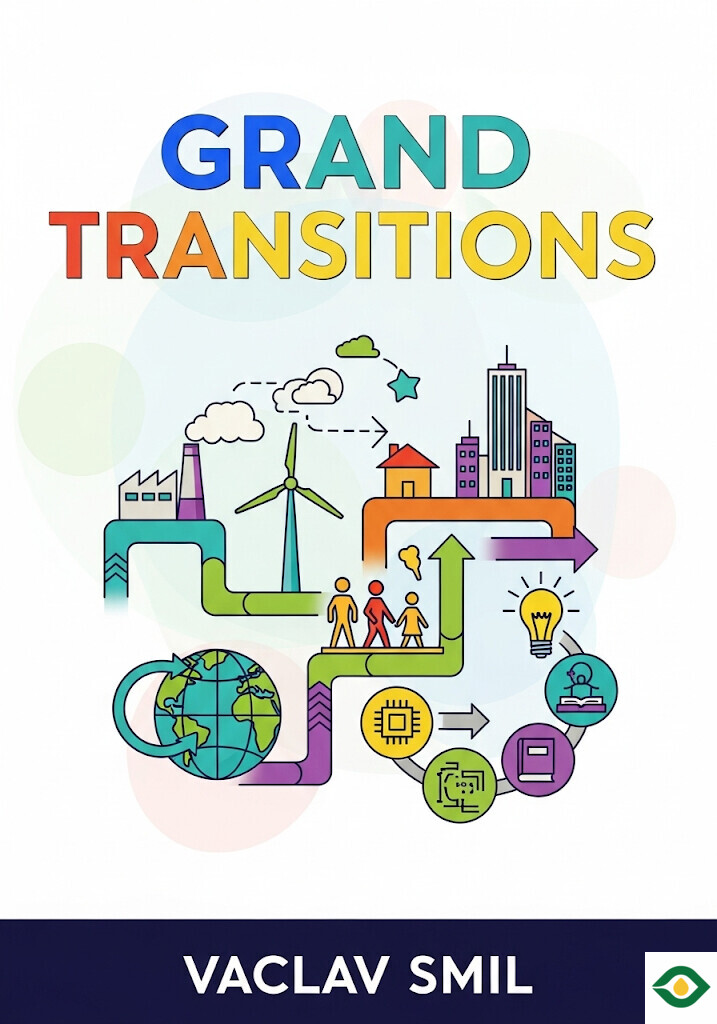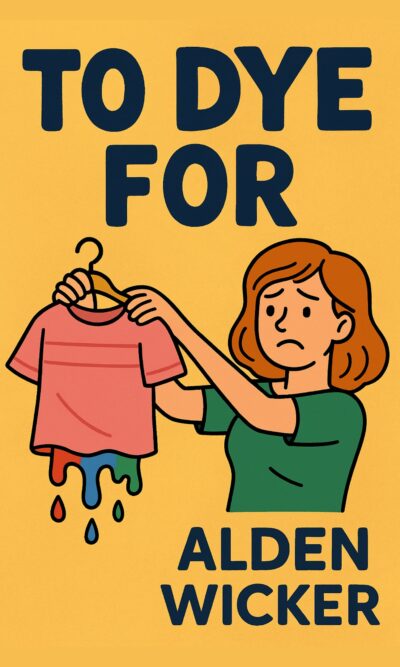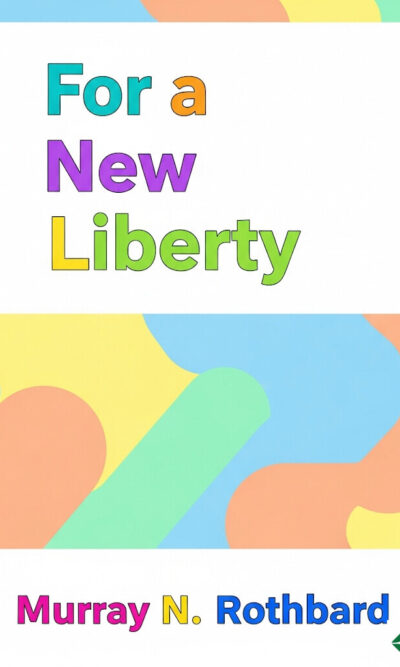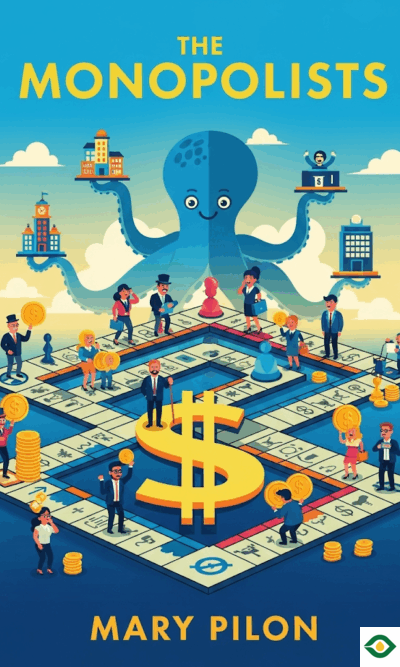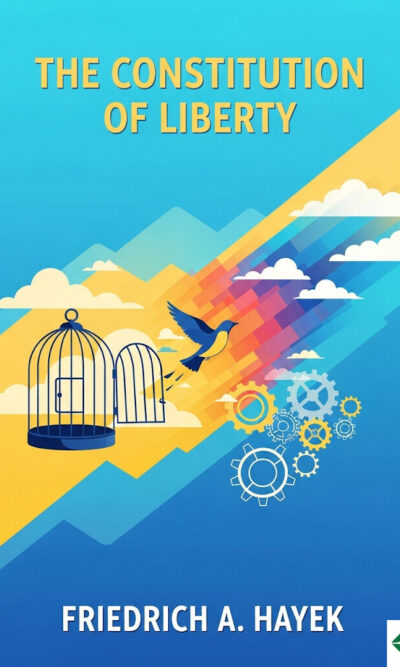Description
This book takes a wide view of how the modern world came to be. It looks at the big shifts that shaped everyday life: how many people we are, where we live, what we eat, how we make energy, and how we earn and spend. It also shows the trade-offs that come with progress. Life today is safer and richer than it was for most people a century ago. Yet the same forces that lifted living standards also widened gaps and stressed the planet’s systems. The main lesson is simple: improvement and damage often arrive together, so good choices require balance.
One way to see these shifts is through a family over three generations. A grandmother starts life poor and hungry. Reforms bring factories, jobs, and higher pay to her children. By the time her grandchild is grown, there are cars, flights, and screens everywhere. This story feels like a miracle, and in many ways it is. But it also hides new problems: crowded cities, fragile jobs, and a heavy toll on land, water, and air. The same road that brings comfort can also carry risk.
Population change is a core driver. For a long time, birth rates were high and many children died young. Then health and income improved, and birth rates fell. Some countries entered a new stage: low births, long lives, and shrinking populations. Japan shows where this leads. Many people there are elderly, and the number of workers is falling. Caring for more seniors with fewer workers strains budgets and families. At the same time, people keep moving to large cities. Megacities offer services and jobs, but they also bring high housing costs, loneliness, and heavy pressure on the environment.
Food is another major shift. For most of history, diets were repetitive and meals were scarce for many. Mechanization, better seeds, fertilizer, and global trade changed that. Supermarkets now carry cheap, diverse food year-round. Famine has retreated in much of the world. But a new problem grew in its place: overconsumption and waste. Many countries produce far more calories than people need, yet a large share is thrown away. Diets high in sugar, salt, and fat harm health. Farming also uses vast land and water and adds large amounts of greenhouse gases. Feeding everyone well without harming nature is still unsolved.
Energy is the engine behind these gains. Moving from muscle and wood to coal, oil, gas, and electricity unlocked modern work, transport, heat, and light. Machines are steady and strong; they do not need rest, feed, or clean water. But energy transitions are slow. Shifting from biomass to coal took generations. The same is true for today’s move toward renewable power. Solar, wind, better batteries, and smarter use help, and technology keeps improving. Planes, cars, and appliances are far more efficient than early models. Still, replacing the world’s energy system is a decades-long project because it is huge, complex, and tied to daily life.
Economic growth rode on top of these energy gains. As output rose, people could buy more than basics. They traveled, learned, and entertained themselves. Yet growth has a cost and not only for forests or climate. It can sharpen inequality within countries and between them. Some places grew fast but also split into winners and losers. More movement means new chances but also long commutes and frayed local ties. Digital tools connect us to information and to each other, but they also flood us with noise, reduce privacy, and shorten attention. Small devices, produced and replaced quickly, consume rare materials and energy across global supply chains.
The environmental impact is vast. Humans have reshaped most ice-free land. Forests have shrunk or shifted. Many wild animals are gone or at risk, not only from hunting but also from habitat loss, pollution, and climate change. The loss is not just about numbers. It is about the roles those creatures played in ecosystems. Once a species disappears, it is gone for a very long time. Protected areas and better rules help, and some regions have regrown trees. But total human demand still rises, and the room for true wilderness keeps shrinking. The planet can recover slowly, but our push is fast.
When people think about what comes next, they often swing between extremes. Some predict disaster: famine, collapse, or unstoppable warming. Others promise a techno-utopia: machines will solve every problem, and growth will speed forever. The truth is likely in between. Human history is full of surprises. Many confident forecasts have failed. We tend to misjudge timelines, ignore side effects, or overlook limits. It is wise to keep our hopes and our worries both in sight. We should plan and act, but also expect twists and learn as we go.
What, then, should we try to do? Two aims stand out: reduce unfair gaps and protect the biosphere. Both aims are moral and practical. Billions still live with poor housing, weak health systems, and limited schooling. Lifting their living standards matters. But if everyone uses energy and materials the way rich countries do now, the strain on the planet will be too great. Cutting emissions quickly while keeping growth where people need it is a hard puzzle. It calls for better efficiency, cleaner power, smarter cities, healthier diets, and less waste. No single tool will be enough. Many small and medium tools, used together, can help a lot.
Time matters. Big systems move slowly. Power plants, grids, factories, homes, and habits all have long lives. That is why starting early is so important. The sooner we build better options, the cheaper and smoother the change becomes. It is also why humility matters. Complex systems respond in unexpected ways. Policies can create new problems even as they solve old ones. Testing, measuring, and adjusting are key. We should avoid ruling out helpful tools because of old fears, and avoid betting everything on one shiny idea. A balanced mix works best.
There is also a social side. Aging societies need support systems that respect dignity and stay solvent. Younger regions need jobs, schools, and stable rules. Cities should welcome people while offering green space, transit, and affordable homes. Farmers and fishers need incentives to protect soil, water, and stocks. Engineers and entrepreneurs need clear signals to build clean machines and services. Families need fair chances to thrive without feeling forced to choose between care and work. Each area must adapt in its own way, but the goals are shared.
In the end, the story of modern life is both hopeful and cautionary. We escaped many old dangers through science, cooperation, and hard work. At the same time, we created new risks for ourselves and for other living things. We now understand more about those risks than ever before. That knowledge gives us power. It does not promise perfection, but it does make wiser choices possible. If we focus on practical steps, accept trade-offs openly, and keep learning, we can guide the next transitions toward a safer, fairer, and cleaner world.
The core message is clear: progress is real, but it is not free. It lifts people while it strains the planet. It opens doors while it creates gaps. The task for this century is to narrow those gaps and lower that strain, without losing the gains that make life longer, richer, and more interesting. That task is hard, but humans are adaptable. We have changed the world before. We can change our path again.

